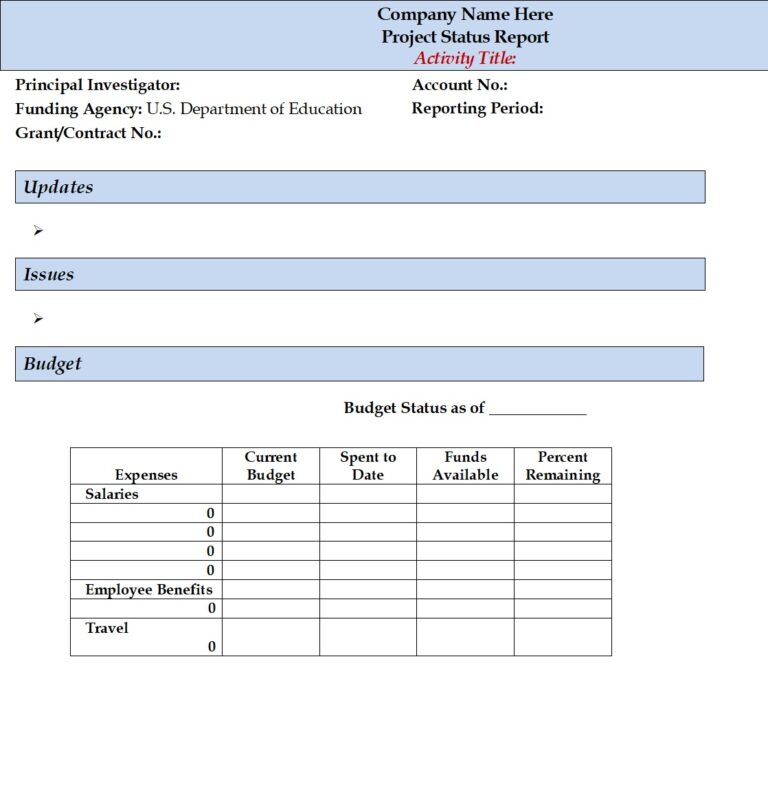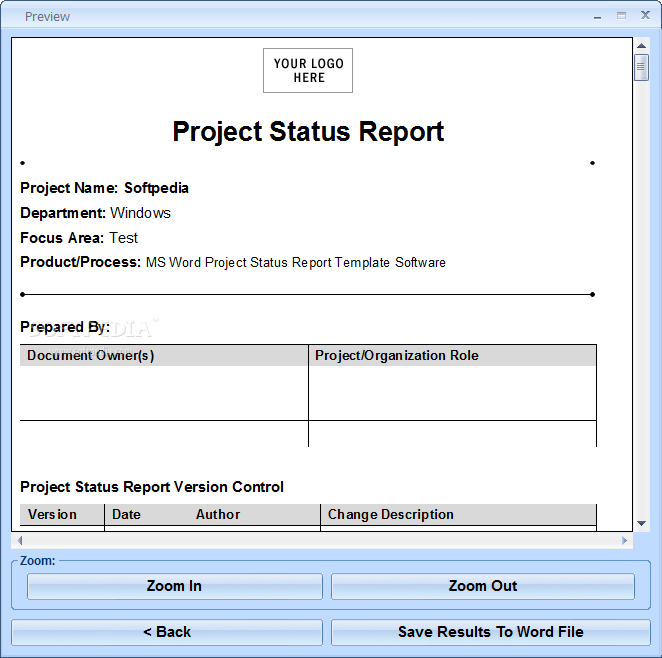

This way your project status reports stay clean, standardised and organised, and you can compare project-to-project on a pretty direct basis. The easiest way to do this is to create a project status report template which you can deploy across your teams and projects. It's vital the format remains consistent across a project or phase of works (unless your boss or person your reporting too asks for changes or additional information), and it's ideal if you can keep your reporting format as consistent as possible across projects. The most important part of your project status report format is that it remains consistent. There isn't one project status report example which works for everyone, because every project is slightly different, and the information which every client and contractor wants can be slightly different too. This is far too common a scenario on sites all over the world.Ĭommunication and collaboration are absolutely vital to effective project management, and more importantly, to delivering projects on time and budget. Contractors don't understand what's going on with subcontractors or clients aren't in the loop as to what's the latest on site.

In fact, it is often a lack of information on many industrial projects that is the direct root cause or project delays and budget blowouts. They also risk continuing to execute on the initial 'plan' even though multiple parts of the plan have changed, often resulting in chaos and the blame game. Without project status reports, companies involved in small, medium and certainly mega-projects risk missing important steps or processes and not having access to the information they need to make good decisions moving forward. Project status reports are a critical part of effective project management for projects involving more than one person, team or company.


 0 kommentar(er)
0 kommentar(er)
